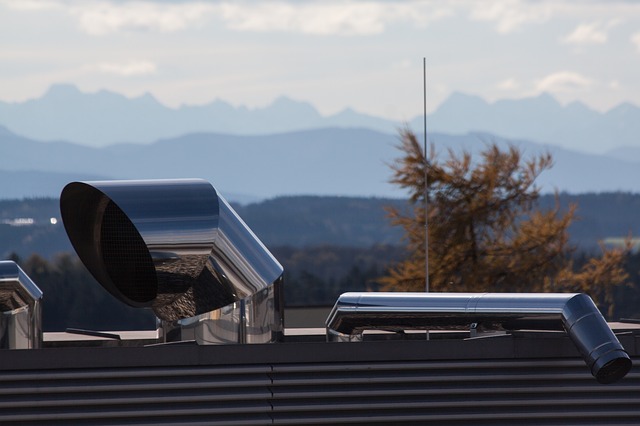How Does My HVAC work?
 Posted by admin on September 3, 2019
Posted by admin on September 3, 2019
Your HVAC system is the heart of heating and cooling within your home. If you get a system that is high quality you will never feel uncomfortable no matter the weather. So, how does an HVAC system work?
What systems make up an HVAC
First, let’s take a look at some of the components of an HVAC system. The furnace uses natural gas or oil to heat the air. Inside the furnace is a heat exchanger which is responsible for heating the air to the right temperature.
The air conditioner, which is found outside the house, cools the air. The AC uses electricity and coolant liquid to reduce the temperature of the air. It works by sending hot air outside and cold air inside.
Hot and cold air passes through the house via a transit system called ductwork. It moves the air through your home to maintain the temperature set on your thermostat. The thermostat acts as the brain of the whole system. It not only turns the system on and off and controls the temperature but it can also operate any special features that you have installed within your system.
The thermostat is controlled by the setpoint. The setpoint is the temperature you set as your preferred temperature. When the temperature goes above or below the setpoint, the thermostat will react by turning the furnace on or off. The metallic element in the thermostat contracts or expands when the temperature changes within your home.
Types of HVAC Systems
Forced Air Systems
A forced-air system forces hot or cold air through metal ducts using a blower. There are two different sets of ducts. One of the sets of ducts is attached to the furnace for hot air and the other is attached to the air conditioner for cold air.
Gravity Systems
It is basic science that hot air rises and cold air sinks. Gravity systems operate using that principle. When turned on, the system, which is positioned in the basement, heats up and the warm air rises through the ceiling and heats your home. When it cools, it sinks and is reheated. Based on this principle, however, a gravity system cannot be used in conjunction with an air conditioner.
Radiant Systems
Like gravity systems, radiant systems cannot be used with an air conditioning system. A radiant system heats the ceilings, walls, or floors of a house. Usually, however, they are used to heat radiators that distribute heat around the room. The biggest downside of these types of systems is that the pipes that are used to transport hot water are prone to break, either due to wear and tear or deposits in the water.
So, as you can see your HVAC system is not as complicated as you might think. It’s just a combination of an air conditioning system and a furnace that is controlled by a thermostat. If you are thinking about installing a new HVAC system in your home make sure that you do your research first. The price will depend on the type of home you have and its layout. It is important to have an expert visit your home for an inspection before accepting any quotes.
You must be logged in to post a comment.

